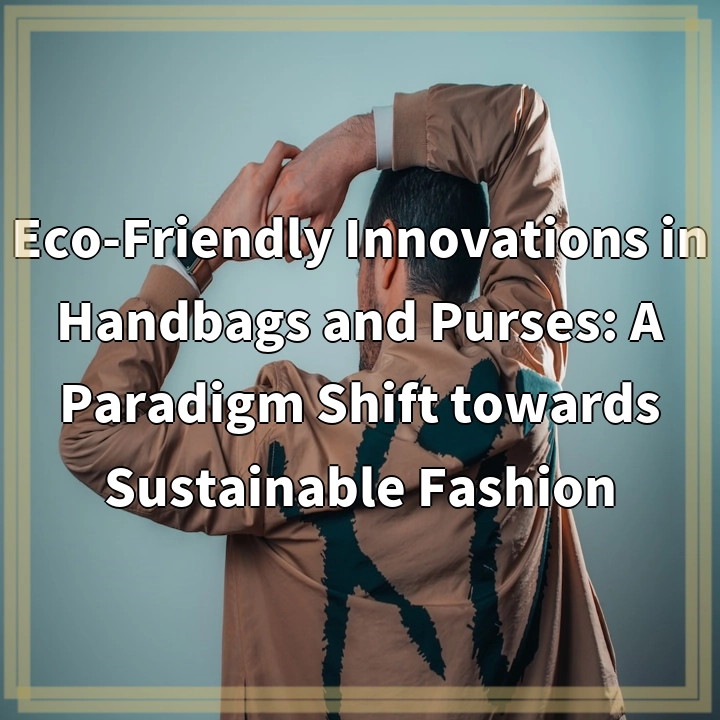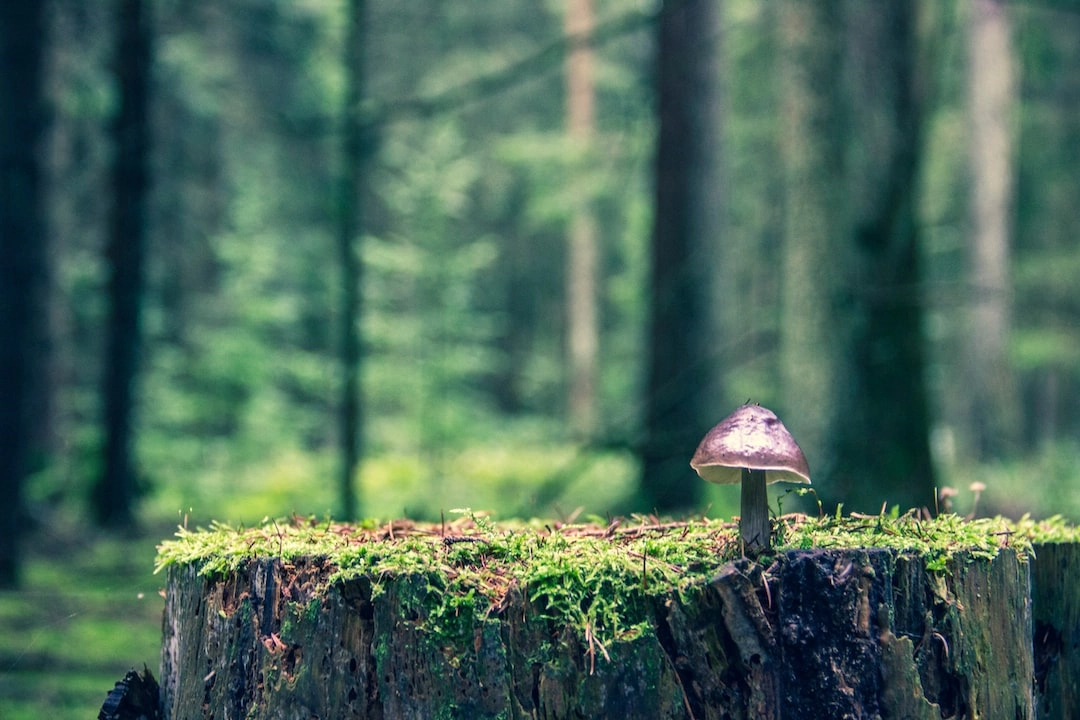
What is Eco-Friendly Innovations in Handbags and Purses?
Eco-friendly innovations in handbags and purses refer to the revolutionary changes taking place in the fashion industry to shift towards more sustainable and environmentally conscious practices. This includes the use of eco-friendly materials, ethical production processes, and innovative designs aimed at reducing the negative environmental impact of the fashion industry.
Real-World Problems Associated with Eco-Friendly Innovations in Handbags and Purses
While the move towards eco-friendly innovations in handbags and purses is commendable, there are several real-world problems that need to be addressed in order to achieve a truly sustainable fashion industry:
1. Limited availability of eco-friendly materials
One challenge faced by the industry is the limited availability of eco-friendly materials suitable for producing handbags and purses. Many traditional materials used in the production of fashion items, such as leather and synthetic fabrics, have a significant environmental impact due to the resources required and the pollution generated during their production. Finding and utilizing sustainable alternatives that meet the desired quality and aesthetic standards remains a challenge.
2. High production costs
Eco-friendly innovations often require new technologies and processes that can drive up production costs. Manufacturers opting for sustainable practices may incur extra expenses in sourcing eco-friendly materials, implementing ethical production standards, and adhering to certifications and regulations. These higher production costs can impact the overall affordability of eco-friendly handbags and purses, making them less accessible to a wider audience.
3. Consumer awareness and demand
Another challenge lies in raising consumer awareness about the importance of sustainable fashion and the need to support eco-friendly innovations in handbags and purses. Many consumers are still unaware of the environmental impact of the fast fashion industry and may prioritize affordability and trends over sustainability. Educating consumers and fostering a demand for eco-friendly products is essential to drive change in the fashion industry.
4. Recycling and end-of-life options
Creating eco-friendly handbags and purses also involves addressing the issue of recycling and end-of-life options. Designing products with recyclability in mind and establishing systems for collection and recycling of used items can minimize waste and contribute to a circular economy. However, implementing effective recycling programs and infrastructure at the scale necessary remains a challenge for the fashion industry.
5. Collaboration and industry-wide adoption
To achieve a paradigm shift towards sustainable fashion, collaboration and industry-wide adoption of eco-friendly innovations are essential. It requires cooperation among designers, manufacturers, retailers, and consumers to embrace sustainable practices and support the development and adoption of eco-friendly materials, technologies, and processes.
Addressing these real-world problems and working towards sustainable solutions is crucial for the fashion industry to truly achieve eco-friendly innovations in handbags and purses. By overcoming these challenges, the industry can pave the way for a more environmentally conscious and ethically responsible approach to fashion.

Solutions for Eco-Friendly Innovations in Handbags and Purses
Addressing the real-world problems associated with eco-friendly innovations in handbags and purses requires a multi-faceted approach. Here are some potential solutions:
1. Research and development for eco-friendly materials
Investing in research and development efforts focused on finding and developing eco-friendly materials for handbags and purses is crucial. This involves exploring alternatives to conventional materials like leather and synthetic fabrics that have a significant negative environmental impact. Materials such as organic cotton, recycled plastics, and plant-based alternatives like pineapple leather and mushroom-based leather are gaining popularity as green alternatives.
2. Collaboration and knowledge sharing within the industry
Collaboration among designers, manufacturers, retailers, and sustainability experts is essential for fostering knowledge sharing and driving innovation. Sharing best practices, research findings, and success stories can accelerate the adoption of eco-friendly practices throughout the industry. This can be achieved through industry conferences, workshops, and platforms dedicated to sustainability in fashion.
3. Consumer education and advocacy
Increasing consumer awareness about the environmental impact of the fashion industry and the benefits of supporting eco-friendly innovations is crucial. Educating consumers about sustainable fashion and the significance of their purchasing decisions can drive demand for eco-friendly handbags and purses. Fashion brands and influencers can play a pivotal role in promoting sustainable fashion through social media campaigns, collaborations, and transparent communication.
4. Design for durability and recyclability
Integrating design principles that prioritize durability and recyclability can contribute to a more sustainable fashion industry. Designers can create versatile and timeless handbag and purse styles that withstand changing trends, encouraging long-term use. Additionally, incorporating innovative design features that facilitate the disassembly and recycling of products at their end-of-life can help reduce waste and promote a circular economy.
5. Government support and regulation
Government support through funding research grants, incentivizing sustainable fashion initiatives, and enforcing regulations can encourage the adoption of eco-friendly innovations in the fashion industry. Implementing standards for the use of eco-friendly materials, adherence to ethical production practices, and pollution control can create a level playing field and motivate businesses to embrace sustainable measures.
By implementing these solutions, the industry can move closer to achieving sustainable fashion and bringing about a significant shift in the production and consumption of eco-friendly handbags and purses.















